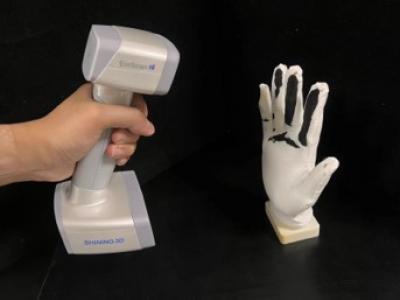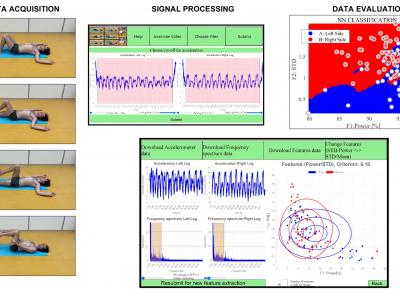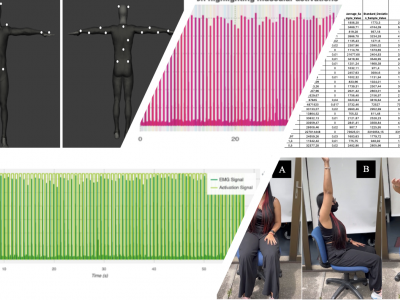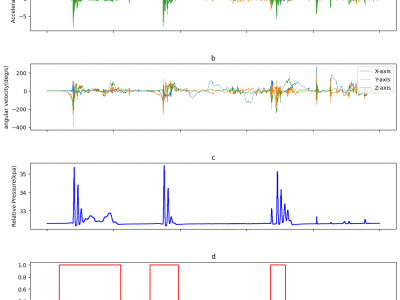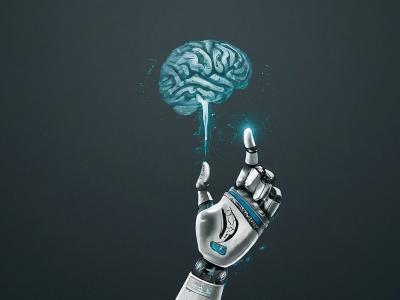Signal Processing

The dataset contains the focus metrics values of a comprehensive synthetic underwater image dataset (https://data.mendeley.com/datasets/2mcwfc5dvs/1). The image dataset has 100 ground-truth images and 15,000 synthetic underwater images generated by considering a comprehensive set of effects of underwater environment. The current dataset focus on the focus metrics of these 15,100 images.
- Categories:
 184 Views
184 Views
Wild-SHARD presents a novel Human Activity Recognition (HAR) dataset collected in an uncontrolled, real-world (wild) environment to address the limitations of existing datasets, which often need more non-simulated data. Our dataset comprises a time series of Activities of Daily Living (ADLs) captured using multiple smartphone models such as Samsung Galaxy F62, Samsung Galaxy A30s, Poco X2, One Plus 9 Pro and many more. These devices enhance data variability and robustness with their varied sensor manufacturers.
- Categories:
 724 Views
724 ViewsHand contact data, reflecting the intricate behaviours of human hands during object operation, exhibits significant potential for analysing hand operation patterns to guide the design of hand-related sensors and robots, and predicting object properties. However, these potential applications are hindered by the constraints of low resolution and incomplete capture of the hand contact data.
- Categories:
 248 Views
248 ViewsThe prototype of the calibration is verified with a 12-bit SAR ADC manufactured in 28-nm standard CMOS process. It is based on non-binary weights differential SAR ADC with bottom-plate sampling. This data was captured using a logic analyzer. The data for fast Fourier transform (FFT) is an input 1 MHz sine wave at 50MS/s. The signal input amplitude is 15dbm. The sampling points are 131072. The MATLAB code includes both the original weight and the calibration weight.
- Categories:
 37 Views
37 ViewsThe synthetic data is generated loosely following the concepts developed by Skomedal and Deceglie (2020)
- Categories:
 238 Views
238 ViewsIndividual physiotherapy is a significant part of the treatment for patients experiencing various forms of pain and health issues. Recent research shows rehabilitation as an important part of therapy for those with abdominal wall defects. It also plays a crucial role in chest surgery, by helping optimize preoperative assessments and postoperative rehabilitation strategies essential for successful surgery outcomes. With recent technological advancements, new tools have become available to healthcare professionals.
- Categories:
 36 Views
36 Views
To develop radio frequency-based drone recognition, we release an RF spectrogram dataset, named DroneRFb-Spectra. All signals of drones were collected by a Universal Software Radio Peripheral (USRP) device, recording three Industrial Scientific Medical (ISM) bands under urban scenarios. The classes cover 7 common brands, i.e., DJI, Vbar, FrSky, Futaba, Taranis, RadioLink, and Skydroid, with a total number of 14460. Each spectrogram has been downsampled to the size of 512x512 from the original IQ data with a length of 50ms by using the short-time Fourier transform.
- Categories:
 1551 Views
1551 ViewsA database was created in .XLSX and .CSV formats containing the processing of an EMG signal and the position and angle error during the execution of three dynamic tasks based on the three-dimensional movement of the upper limb. This data was recorded from the quantification of the hand position error.
- Categories:
 660 Views
660 ViewsThe data was collected by outfitting one of the players with the experimental balloon, which incorporated the embedded circuit and sensors. The sensors positioned at the top-right to the player within the bubble balloon, where a player stand inside. The sensors' data were collected at specific sampling frequencies (Accelerometer: 1000Hz, Gyroscope: 1000Hz, and Pressure: 40Hz). The experiment was conducted involving five different players. This approach allowed for the inclusion of diverse data samples, taking into account variations in player metrics, movements, and gameplay dynamics.
- Categories:
 213 Views
213 ViewsDeveloping mind-controlled prosthetics that seamlessly integrate with the human nervous system is a significant challenge in the field of bioengineering. This project investigates the use of labelled brainwave patterns to control a bionic arm equipped with a sense of touch. The core objective is to establish a communication channel between the brain and the artificial limb, enabling intuitive and natural control while incorporating sensory feedback.
The project involves:
- Categories:
 733 Views
733 Views